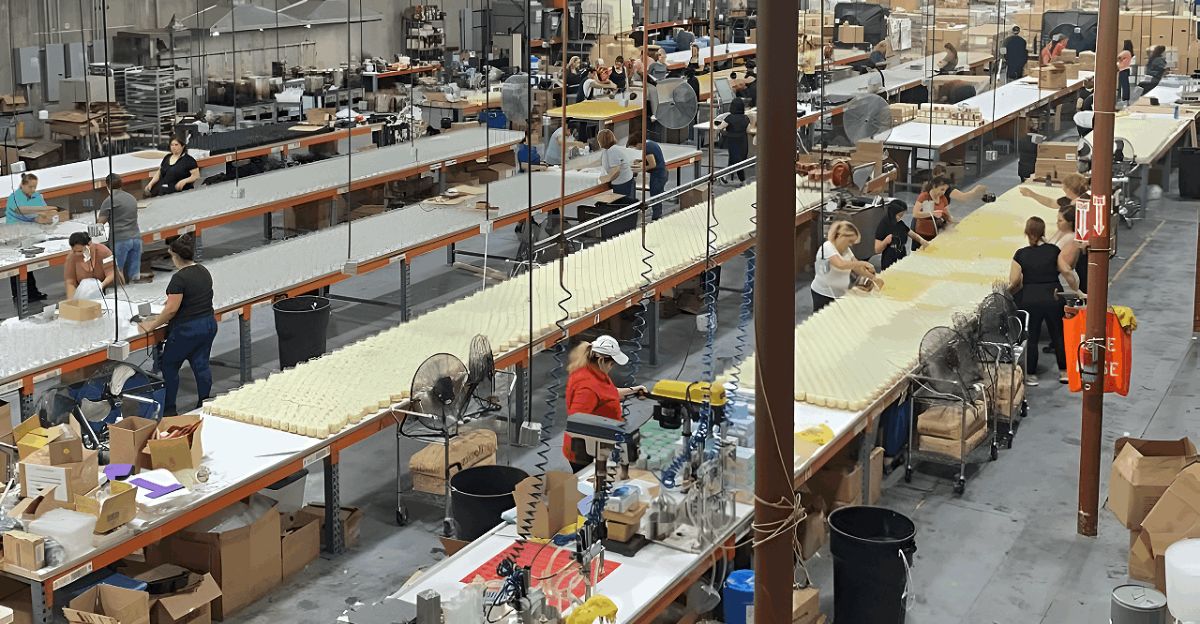
Minnesota’s manufacturing sector is facing a substantial setback as abrupt plant closures emerge. Two major companies, Centrex Rehabilitation and Illume Candles, have announced plans to shut down operations, resulting in a staggering loss of 443 jobs. Layoffs will commence in November and December 2025, marking one of the state’s most significant workforce reductions this year.
These closures not only threaten local employment but also send shockwaves through the economy, as communities brace for the impact. Such drastic decisions signal a troubling shift in the manufacturing landscape, prompting analysts and local officials to express deep concern about the region’s future economic stability.
Escalating Layoffs

The landscape of Minnesota’s manufacturing is shifting dramatically. Recent WARN filings indicate an alarming surge in layoffs, with over 3,500 job losses announced statewide in 2025. Notably, the combined closures of Centrex and Illume account for 443 of these positions, a stark reminder of the challenges facing this sector.
Affected workers face uncertain futures, and community leaders are worried about the broader implications for local stability. The current trend appears dire, raising questions about job security and the overall health of Minnesota’s manufacturing ecosystem. As companies continue to downsize, the ramifications for the state’s workforce could be severe.
Industry Under Pressure
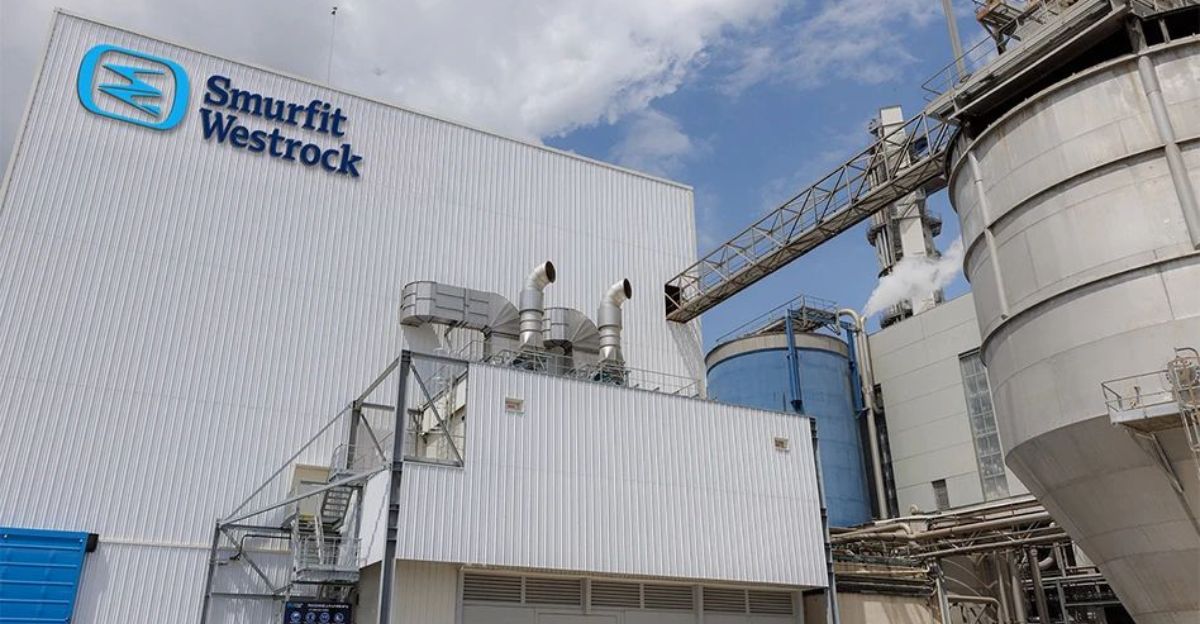
Minnesota’s manufacturing industry is facing significant challenges. Beyond the closures at Centrex and Illume, other companies, such as Smurfit Westrock and CNH Industrial, have also recently announced significant layoffs. Such decisions reflect pressures from waning demand and fierce global competition, causing widespread concern regarding the sector’s future.
This trend highlights a growing urgency for companies to adapt or risk further job losses. The combination of these layoffs not only endangers individual livelihoods but also raises fundamental questions about the sustainability of Minnesota’s manufacturing industry moving forward. Stakeholders are keenly aware that proactive measures are essential to avert further decline.
Mounting Economic Strain
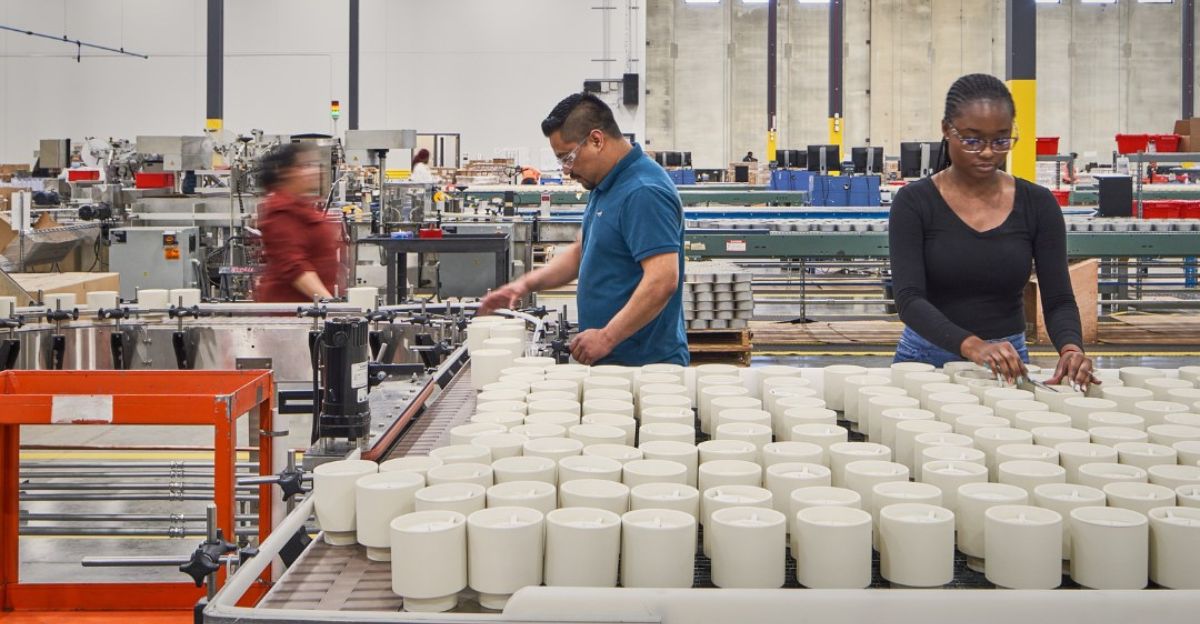
The economic landscape in Minnesota is tightening as various industries confront new realities. Deteriorating business conditions and shifting market demands compel companies to reassess their operational frameworks. Illume Candles specifically cited “deteriorating overall business conditions” as a critical factor leading to its closure, illuminating the wider challenges manufacturers face today.
Economic strain is palpable in the community, and local leaders are expressing alarm at the potential consequences for consumer spending and services. With closures on the rise, both employees and local economies brace for an uphill battle in navigating the ramifications of these abrupt corporate decisions.
Major Closures Revealed

The impact of closures on the Minnesota workforce is significant and cannot be overstated. Centrex Rehabilitation, based in Bloomington, will eliminate all 311 employees effective November 7, 2025. Concurrently, Illume Candles will phase out its Maple Grove plant, resulting in the loss of 132 jobs by December 1, 2025. Confirmed through WARN filings and official company statements, these decisions represent significant losses for Minnesota’s manufacturing sector.
Both closures raise red flags for local economic health and community stability, as hundreds of workers face immediate uncertainty. Analysts report that such drastic reductions underscore the broader trend of instability in the industry.
Regional Impact

The impending closures of Centrex Rehabilitation and Illume Candles are expected to hit Bloomington and Maple Grove particularly hard. Local officials are sounding the alarm about the risk of destabilizing community services and a potential decline in consumer spending. The ripple effects could extend throughout the Twin Cities metro area, threatening the livelihood of numerous residents.
“This will significantly change our local economy,” said a community leader from Maple Grove. As job losses compound in this essential sector, the overall impact could reverberate across local businesses and services, further straining an already delicate economic environment.
Human Cost

The human toll of these layoffs remains steep as affected workers confront bleak job prospects. A recent WARN letter from Illume outlined that “the entire plant will eventually be closed,” emphasizing the scale of disruption facing the employees. Many worry about finding suitable, comparable employment opportunities amid a tightening job market, adding more weight to their uncertainty.
State agencies have begun mobilizing resources to support displaced workers, but the path to recovery remains fraught with challenges. Emotional and financial anxieties are prevalent as families prepare for potentially significant upheavals in their lives, as they witness their work environments being disrupted.
Competitor Moves

The recent trend doesn’t end with Centrex and Illume; other manufacturers in Minnesota are also feeling pressure to downsize. Smurfit Westrock has closed its St. Paul plant, impacting 189 workers, while Nilfisk in Brooklyn Park plans to lay off 105 employees through phased cuts.
These increasing layoffs reflect a broader industry trend of consolidation and cost-cutting, mirroring actions taken nationwide. Workers across various sectors now face heightened levels of uncertainty, indicative of a challenging landscape ahead. As these changes unfold, the regional manufacturing community grapples with the realities of survival amid a shifting industrial paradigm.
Macro Trends

Minnesota’s manufacturing job losses are not isolated events; they are part of a national trend. Companies across the U.S., including industry giants such as John Deere and International Paper, have announced thousands of layoffs in 2025 as they respond to similar economic pressures. Factors contributing to this trend include global market fluctuations and an imperative to streamline operations.
The collective impact of these layoffs is concerning, as labor market experts warn about increasing vulnerability in the manufacturing sector. Economic forecasts suggest that without a concerted effort to adapt, regional job losses could compound, exacerbating the ongoing challenges factories currently face.
Collateral Consequence
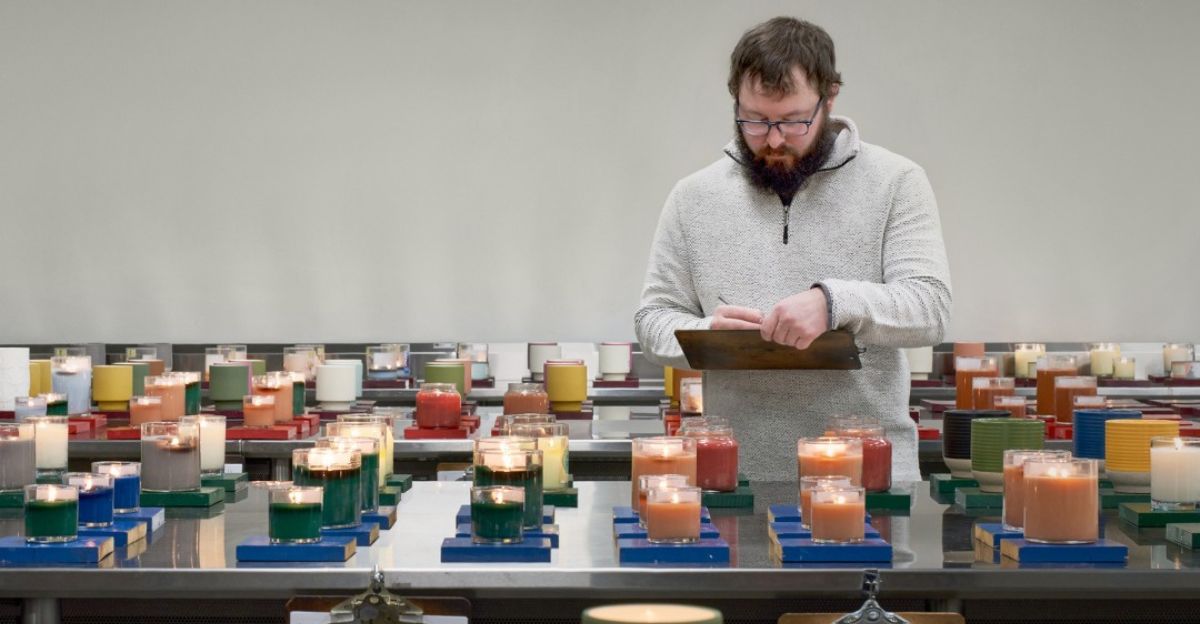
While some employees from Illume Candles face uncertain futures, a few will find at least a partial lifeline by transferring to the company’s parent firm, Creative Co-op, located in Tennessee. This opportunity offers some hope for displaced workers, but it also highlights the harsh reality for the majority, who lack viable relocation options.
“It’s better than nothing,” commented one Illume employee. However, for most others, the abrupt mass layoffs leave limited alternatives and limited chances for immediate employment. The situation highlights the growing challenges many face as the manufacturing landscape undergoes significant shifts.
Stakeholder Frustration

Local workforce agencies and labor unions are increasingly frustrated by the rapid pace and scale of these closures. The Minnesota State Rapid Response Team is mobilizing to coordinate assistance for displaced workers. However, officials acknowledge the challenging task ahead—retraining and job placement efforts may not keep pace with the influx of individuals seeking employment.
Local leaders emphasize the urgency of addressing the immediate needs of those affected to prevent long-term damage to the workforce. As many face unemployment, the collaborative efforts to support these workers will be crucial in navigating this crisis moving forward.
Leadership Decisions

Executives at Centrex and Illume have defended their decisions as necessary responses to challenging market conditions. Management at Illume cited “unsustainable business conditions” as a driving force behind the closure, while Centrex leadership pointed to declining demand for rehabilitation services as an influencing factor.
These statements underline the broader challenges faced by companies struggling to adapt in a rapidly changing economic environment. Nevertheless, the tough choices being made carry significant consequences for countless employees and symbolize the ongoing struggle for stability within Minnesota’s manufacturing sector.
Recovery Efforts

In light of recent plant closures, state agencies are actively deploying Rapid Response services to support affected workers. Initiatives include resume workshops, career counseling, and job training opportunities designed to help individuals transition into new roles. The Minnesota Department of Employment and Economic Development is committed to minimizing disruptions during this period, focusing its efforts on expediting pathways to reemployment.
“We are doing everything possible to connect people with opportunities,” remarked a state representative. These services represent a crucial component of a broader strategy to address the immediate needs of those affected by the layoffs.
Expert Outlook

Labor market experts maintain a cautious outlook in light of these developments. Although Minnesota’s overall unemployment rate remains steady at 3.6 percent, indicators suggest deeper vulnerabilities specific to the manufacturing sector. Analysts warn that as other companies face similar pressures resulting in further closures, the regional economic landscape could weaken significantly.
The effects of these job losses could reverberate through local communities, signaling a need for proactive measures to stabilize the workforce. As the region confronts these challenges, vigilance will be necessary to avert a more widespread crisis in Minnesota’s manufacturing sector.
Community Resilience

Despite the challenges presented by layoffs, communities within Minnesota are demonstrating resilience. Local leaders and organizations are rallying to support affected workers, a sentiment echoed by community members. “We’ll find a way to help each other out,” said a concerned citizen from Minneapolis.
Initiatives aimed at community support and engagement have sprung up, showcasing a collective desire to provide resources and connect displaced workers with potential employment opportunities. As hope remains a driving force, community resilience becomes a focal point in navigating these turbulent economic waters.
Hope for the Future
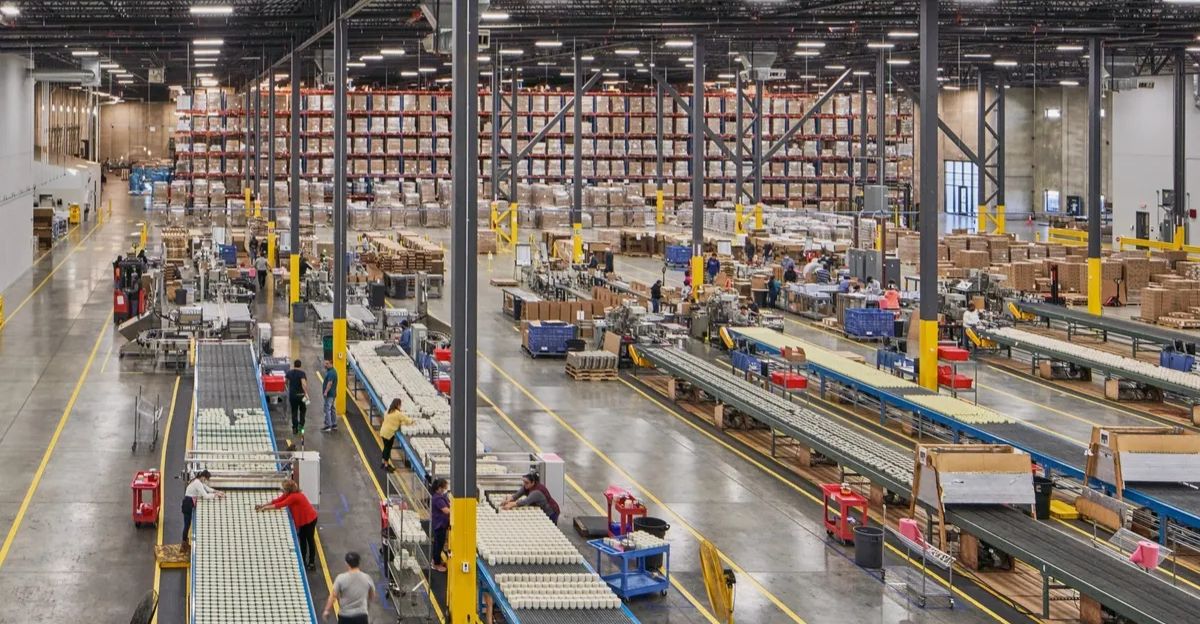
While current developments paint a bleak picture of the manufacturing landscape, there remains hope for recovery and adaptability. Experts emphasize the importance of embracing innovation and evolving operational models to meet the shifting demands of the market. Companies that successfully pivot and invest in their workforce may find new opportunities amidst challenges.
“The industry can adapt, but it will take concerted effort across all levels,” stated an industry analyst. This message of hope underscores the notion that while job losses are painful, a pathway forward exists if stakeholders collaborate and embrace change.
The Role of Government

Government intervention is critical in these circumstances. Policymakers are urged to develop supportive frameworks that address the needs of employees and communities, thereby mitigating the impact of layoffs. This may include incentives for businesses to retain their workforce, as well as programs designed to foster skills training and job creation.
“Effective public policy can help cushion the blow and pave the way for recovery,” asserted an economic expert. As the manufacturing sector grapples with uncertainty, a proactive governmental approach could play a vital role in stabilizing the industry and bolstering economic resilience.
A Shift in Consumer Behavior

The closures at manufacturing plants also signal a shift in consumer behavior and preferences, which companies must address. As consumer demand evolves, manufacturers must adapt their production strategies accordingly. “Understanding the market is key,” said a retail analyst.
Companies that embrace change and tailor their offerings may not only survive but thrive in the face of adversity. This evolution can lead to new business opportunities and job creation, catalyzing a positive shift in the manufacturing sector and the surrounding economy.
Looking Ahead

The trajectory of Minnesota’s manufacturing continues to be unpredictable, influenced by both local and global factors. As more companies feel the pinch, stakeholders are encouraged to collaborate. Collective efforts will drive innovation and build resilience, ensuring that the state’s manufacturing sector remains competitive in the face of change.
By focusing on workforce development and adaptability, Minnesota can invest in a prosperous future. “There’s a long road ahead, but we can navigate it together,” declared a local business leader, emphasizing the importance of unity in overcoming challenges ahead.
Expectations

In conclusion, the recent wave of plant closures in Minnesota’s manufacturing sector serves as a stark reminder of the volatile economic landscape. With over 3,500 jobs lost statewide and significant layoffs expected to continue, the urgency for action is apparent.
While the immediate future seems grim, fostering community resilience, effective government intervention, and an adaptive manufacturing base may pave the way toward recovery. “It’s essential to remain optimistic and proactive,” stated a local economist. As stakeholders come together to confront these challenges, the hope for revitalization and economic stability remains alive within Minnesota’s manufacturing community.